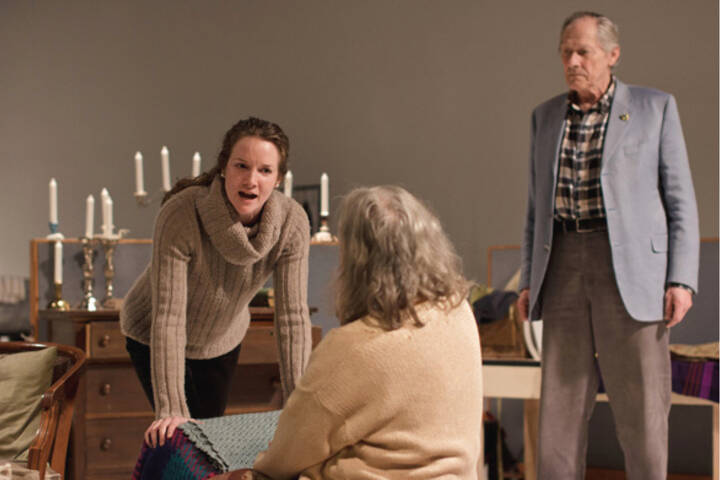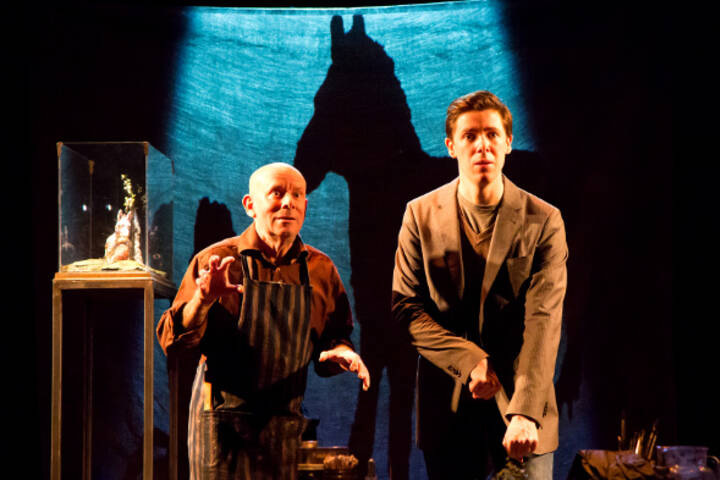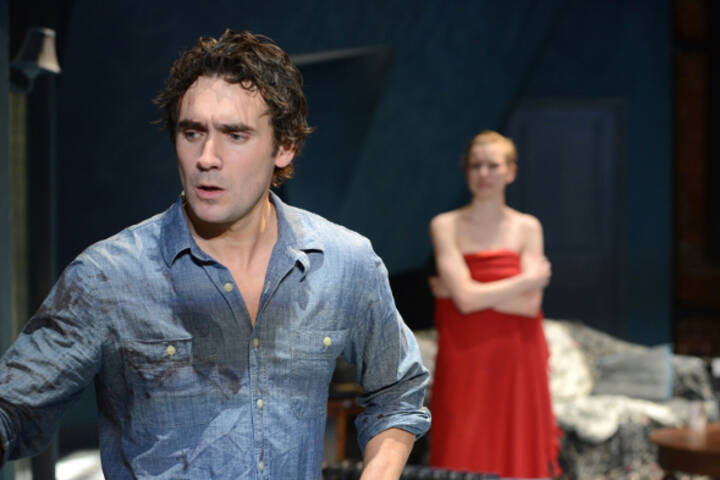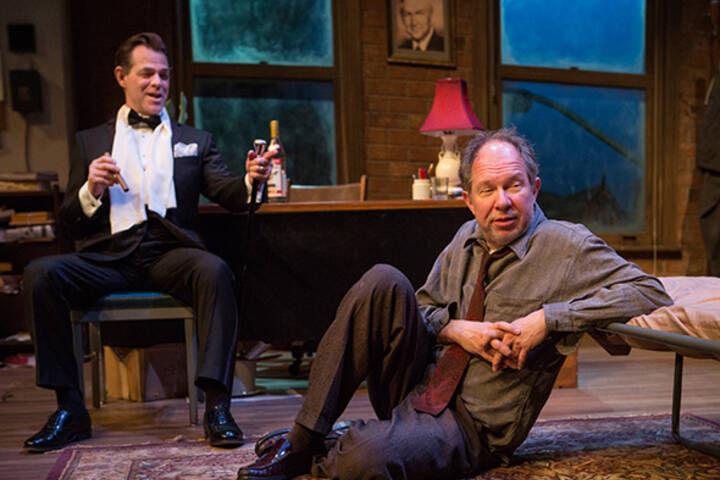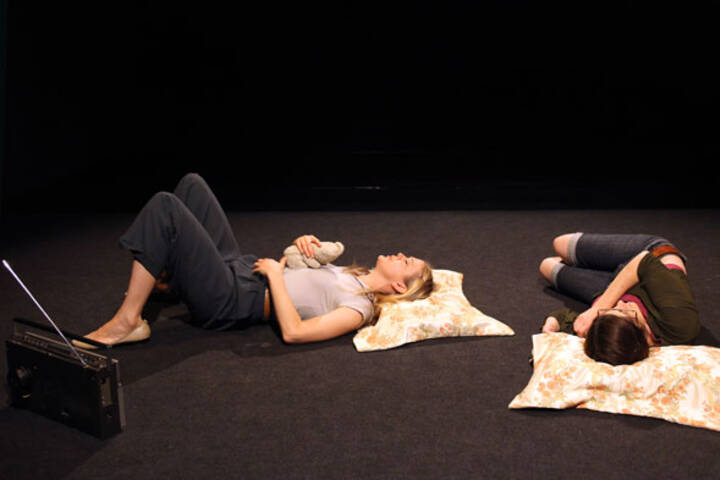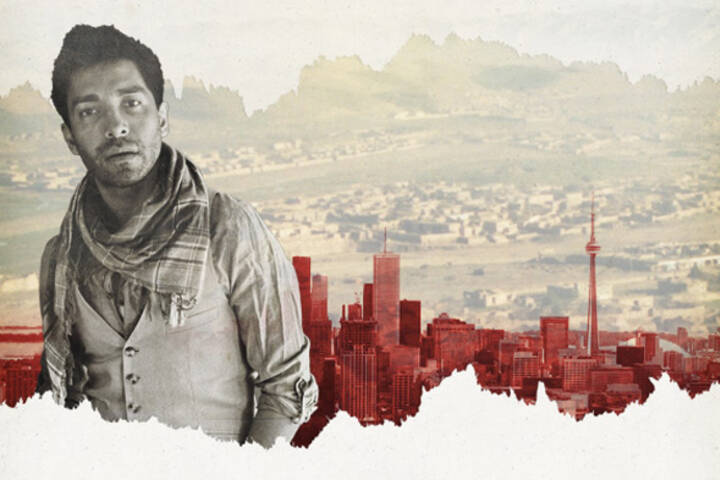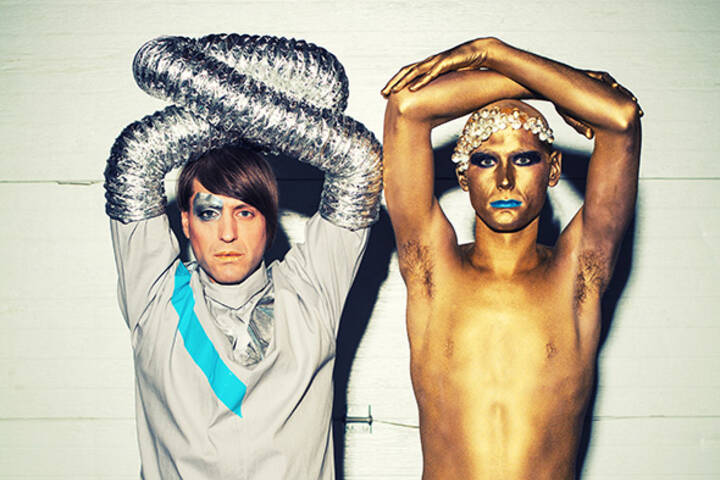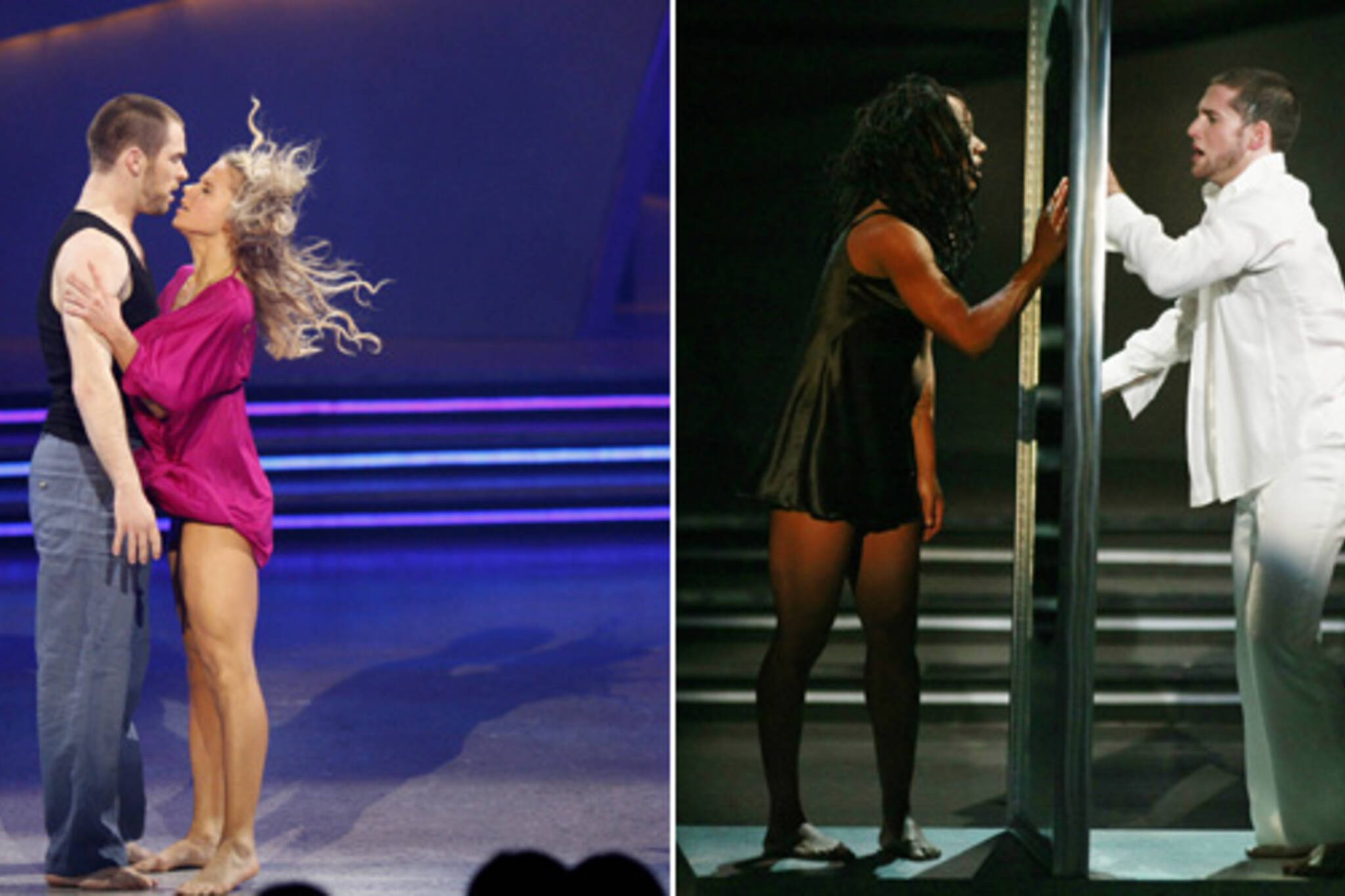
Behind the Curtain: So You Think You Can Dance Canada
I recently attended a few tapings of So You Think You Can Dance Canada - including last night's season finale - to see what goes down behind the curtain on the Toronto-based show.
By the time I caught up with the dancers a few weeks ago, three out of the top six dancers were from Toronto. (More than half of the original slate of competitors hailed from the Big Smoke.) There was hip-hop and contemporary dancer, Lisa Auguste (27), who ended up placing in the top six; popper and boogaloo dancer, Miles Faber (22), who was the second runner-up last night; and Natalli Reznik (29), a hip-hop and Latin dancer that made it to fourth place.
Their challenge each week? Tackle new dance styles with new partners, as well as group numbers. During the first half of the season, the judges eliminated the least-improved dancers, while the second half of the season kicked off the dancers with the least number of votes.
And Canada can definitely dance. All the guest judges from the American show were uniformly blown away by the caliber of talent in this country. "You got it right in one season," said renowned contemporary choreographer and guest judge Mia Michaels, whose sentiments were echoed by guest judge and hip-hop choreographer Dan Karaty and choreographer Blake McGrath.
Ballroom champ and long-standing American judge Mary Murphy even said that the show had enough talent to cast three shows its first time out.
The viewers responded in kind. To give you an idea of the show's popularity, last week's episode got 1.8 million viewers, and over 3.5 million votes. That's more votes than the Conservative, NDP, Bloq Quebecois, or Green party received in the recent election, and just shy of the Liberals' total tally.
The competitors' crazy charisma went a long way to winning votes. Miles Faber, the Alberta transplant of the infectious smile and disturbingly hard abs, first fell in love with dance when he saw the famous 1997 "It's Like That" Run DMC remix video by Jason Nevins.
"I became obsessed with doing the slide-glide from that video. I put a mirror on the floor, and kept going to the Web site where the video was posted, slowing it down and watching it over and over. And then I found out that there was a whole style, and I started reading up on the history of b-boying."
He eventually studied under the famed, ground-breaking Electric Boogaloo troupe, and now teaches dance at the Street Dance Academy. Miles hopes that he'll be able to teach others, post-So You Think You Can Dance. He'll now have more to offer his pupils: after trying everything from contemporary to the cha-cha, Miles won the hearts of the judges, who said, after coming in as a b-boy, "he left as a dancer."
Third runner-up Natalli--an intense, drop-dead beautiful blond who has worked with Cirque du Soleil and Nelly Furtado--has always seen dance as a respite. "It's always been there for me. If you're going through a rough time, it never leaves you. You can always go to it," she says.
Now that the show is over, she hopes to find projects that will inspire others. "If you struggle, you should show that vulnerability, you have to be real and yourself. With kids that aren't confident especially, I want to show that you can do it."
Miles himself went back and forth about auditioning for the show, as he had never studied any non-street styles, but in the end he went for it - and came in third. Even though street dance has been increasingly getting its due, it's still often seen as less legitimate than the more traditional styles like contemporary, ballet, or modern.
Miles says, "It was really, really important to me to represent urban dance styles. People need to see that it's not just you doing what you want - there is a right and a wrong."
No matter the style, the show schedule was grueling. "We don't get any days off," says Miles. By the time I interviewed him on finale night, he felt "down to the wire," he said. "Learning all those styles, I feel like my head is going to burst."
Get your head around this:
Friday: get a new dance style (and possibly a new partner) and an hour-and-a-half with the choreographer to learn it.
Saturday and Sunday are devoted to a multi-hour practice of the new dance.
Monday is dedicated to taping the performance show (which is actually aired on Wednesday), and Tuesday is filled with rehearsals of the group number.
Wednesday is the filming of the opening number, and Thursday is the results show.
Even the shows themselves have a very rigid structure. When I attended one of the tapings, show-runners bristling with headsets would come out and bark orders to the audience: when to cheer, when to be quiet. During all breaks, the screaming tween masses were presided over by the "fill-in" Josh Hellier, tasked with keeping order.
In between choosing audience members to come on-stage and dance, he'd issue stern warnings. "Do not try to leave!" Josh trumpeted. "It looks bad if the show is still going and our audience is filing out. I have people who will stop you!"
Backstage, the pressure mounts. Lisa - a lithe, no-nonsense occasional waitress--said, "It's really a chance to test yourself, more personally than anything. You have to work with all these different people and styles, not sleeping in your own bed, and dealing with other people's anxieties. You have scheduled mealtimes, not being able to leave and a curfew - you see what you can endure."
Natalli struggled with the lack of space that working a reality show meant. "I'm used to doing my job and going home, but here, everyone gets a piece of you. You get really mentally tired."
(And then there's the injuries: the winner, Nico Archambault, sustained a chart's worth of hurt, including a broken nose, ripped muscles, a burst knee, a cracked cheekbone, and several black eyes.)
Plus, everyone needs to know where you are at all times. In addition to the curfew, outsiders are not allowed back at the hotel where the dancers are housed, said Nico, a super-sweet, gorgeous Montrealer: "It's not natural - I'm not used to having people know where I am all the time. If you're in the bathroom for more than four minutes, someone comes in, going, 'Nico! Nico!'"
Having all those eyes on you can be nerve-wracking - especially once you consider that the footage can be edited any number of ways. For instance, one of my friends auditioned for the show, and had her "audition reaction" footage shot before she went in to dance.
"I don't really do well under pressure," Natalli says. "Then the others are tired, you haven't eaten for hours. You often work from 7am through 'til 10pm, and you're really not yourself. You're in a bubble."
She came through it in the end, however. Ballroom champion dancer and judge Jean-Marc Generuax called her a "true artist" - something that hit home for the dance veteran. Speaking post-finale, Natalli said, "This means a lot to me. My whole life, I never said, 'I want to be a dancer.' I always said, 'I want to be an artist.'"
And there were other benefits, too - the entire cast and crew seem surprisingly close. As is to be expected with the more cuddly Canadian breed, the judges and competitors were apt to tear up several times a show. Instead of coming off annoying, it was actually touching to see such a closeness between a pack of competitors, instead of the expected cattiness and backstabbing. You even saw cast and crew hugging.
Mia said, "As soon as I walked in, the production felt different. The energy was love, and supporting each other."
And Canadian dancers need all the help they can get, said Lisa. "In Canada, there are no full-time dancers. You're either teaching, auditioning, or a little commercial stuff."
Nico has been lucky enough to make a living dancing in Montreal, which, he said, has a more vibrant dance community than most Canadian cities. But dance could do with a higher profile. "For a lot of people, dancers are the bottom of the food-chain. We're always in the background, dancing behind somebody. It's not as easy for dancers to get out in the world," he said. "I want to take dance from the back of the stage to the front of the stage and out into the world."
Lisa hopes that the ever-rising profile of dance will help bring more dance work to Canada: "People often don't consider us, dance-wise, so dancers have to go somewhere else, and we feel like we have to work harder. We have to move out of Canada to get work, but I'd really love to stay."
Photos courtesy of CTV Media.
Latest Videos
Latest Videos
Join the conversation Load comments
